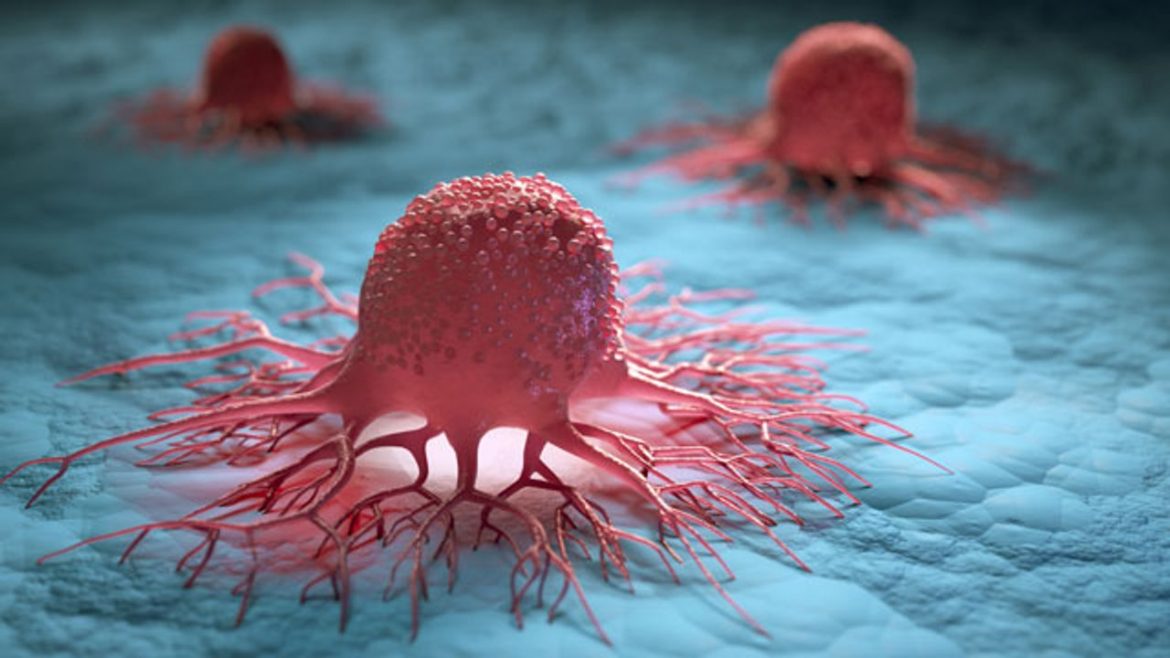According to studies, the innate immune regulatory protein ‘STING’ can boost tumour immunoreactivity and immune cell penetration into the tumour microenvironment (TME).
The results of this study were published in the latest issue of “The Journal of Medical Chemistry,” an international journal covering the field of pharmaceutical chemistry, and were selected to be presented as the supplementary cover for the journal. Innovations in cancer immunotherapy have achieved clinical success by considerably increasing the survival rate of patients undergoing cancer treatment. However, there still exists an unmet medical need due to the low response rate to checkpoint inhibitors caused by the low immune reactivity of cancer cells in “cold” tumours. In their efforts to turn “cold” tumours into “hot” tumours, many global pharmaceutical companies have been focusing on utilizing the innate immune regulatory protein known as STING to increase the immunoreactivity of tumours and the infiltration of immune cells into the tumour microenvironment (TME). However, since clinical trials on the first STING agonist, ADU-S100, were suspended in 2020, there is an urgent need to develop new STING activators.
Under these circumstances, a research team led by Dr Sanghee Lee of the Brain Science Institute at the Korea Institute of Science and Technology (KIST; President: Seok-Jin Yoon), and Dr Hyejin Kim of the Infectious Diseases Therapeutic Research Center at the Korea Research Institute of Chemical Technology (KRICT; President: Mihye Yi) announced the development of a new small-molecule STING agonist.
Once the STING agonist was stimulated by a compound, it induced the secretion of cytokines such as interferons (IFNs) and activated an innate immune response mediated by T cells. The activated immune system altered the immune phenotype of the tumour, turning it from “cold” with low reactivity to T cells to “hot” with high reactivity, leading to the recruitment of T cells in the TME. In this study, compound administration effectively inhibited the growth of cancer cells in mice models. In particular, 20% of the treated group was found to be tumour-free as a result of the complete elimination of their tumours. Furthermore, immunological memory suppressed the growth of recurrent tumours without the need for additional drug administration. Ultimately, no tumour growth was observed in the tumour-free group after the first treatment.
Most of the existing STING agonists were subjected to intratumoral administration, which limited the broad application of cancer treatment, whereas the compound in this study was able to be administered by intravenous injection. In terms of further drug development, this agent is also able to be applied to combination cancer therapies and current standard treatments, such as radiation therapy, chemotherapy, and monotherapy.
Dr Lee stated, “Everyone dreams of vanquishing cancer; however, the development of cancer immunotherapeutics for ailments such as brain tumours is still limited. We hope that this study can provide the seeds for new therapeutic strategies for cancers where immunotherapy has had limited application.”
KIST was founded in 1966 as Korea’s first government-funded research organisation with the goal of developing a national development plan based on science and technology and disseminating diverse industrial innovations to help key industries thrive. KIST is presently working to raise the profile of Korean science and technology by pursuing world-class creative research and development.
(This post was published from a syndicate feed with some changes to the text.)
Do Follow Medically Speaking on Instagram

